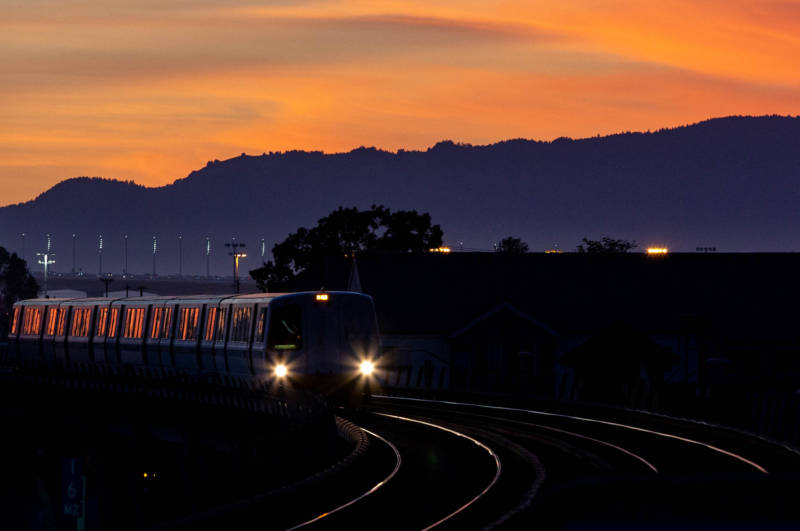BART has secured the first piece of a hoped-for $1.2 billion federal grant it says is crucial to a project that aims to dramatically increase the transit system's rush-hour capacity.
BART and federal transportation officials, along with Sen. Dianne Feinstein, announced Thursday the release of the first $300 million of the grant.
The Federal Transit Administration's approval of the funding gives BART the green light to proceed with engineering work on its Transbay Corridor Core Capacity Project.
The $3.5 billion project involves procuring more than 300 additional rail cars, modernizing the agency's train control system, installing improved electrical infrastructure and building a new rail yard in Hayward.
BART says federal authorities informed the transit agency in December 2017 that it had met all the requirements to enter engineering -- in effect, begin work on the project -- and that it expected the first funds to be allocated in February 2018. But despite the feds' positive review of the project, no money was forthcoming.
